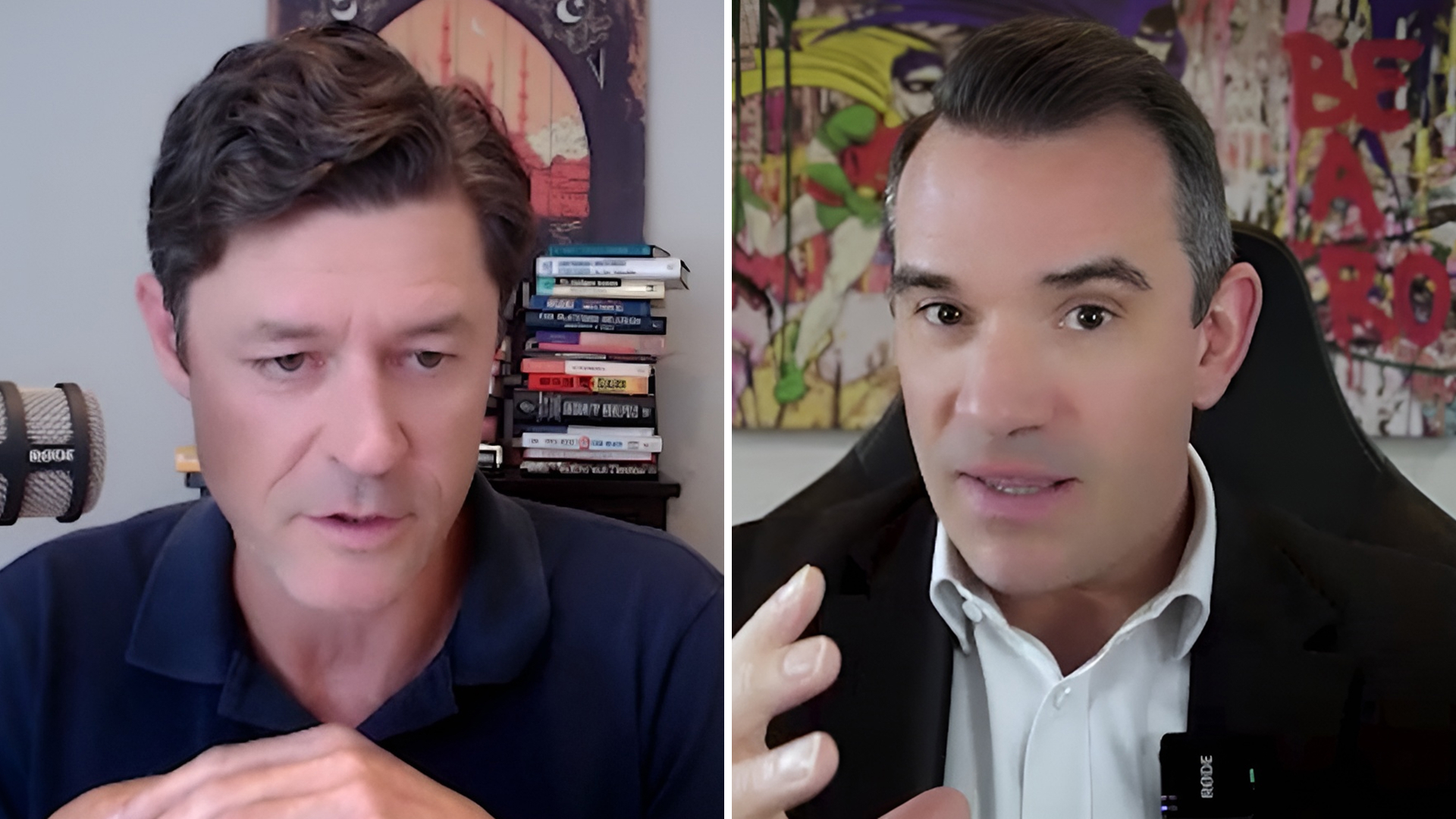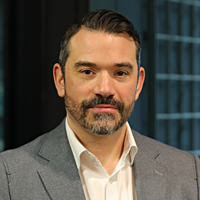Anatomy of a crisis - and some tips from a seasoned contrarian on what to do next
Markets are so rich in history that a handful of similar crises often precede any current one. This is so much so that Charles Kindleberger, author of Manias, Panics, and Crashes, adopted a framework from an economist named Hyman Minsky and built the five stages of a typical financial crisis.
Greg Canavan, Editorial Director at Fat Tail Investment Research, has gone one step further and applied that framework to what is happening now. The four steps we've moved through in the current crisis are laid out below, as well as commentary on what could come next.
1. Displacement
- What happens: A major change in the economic environment occurs — e.g., a new technology, deregulation, or a shift in monetary policy (like low interest rates).
- Investor behaviour: Capital starts flowing into new or booming sectors.
According to Canavan, the launch of ChatGPT and ensuing AI’s created displacement.
2. Euphoria
- What happens: Asset prices rise rapidly. Confidence grows; investors believe, “this time is different.”
- Investor behaviour: Speculation increases. Valuations lose touch with fundamentals. Credit expands.
The Magnificent 7 and even some Australian stocks (e.g. CBA) are the poster children for this stage, where valuations depart from reality.
3. Changing expectations
- What happens: Early signs of trouble emerge — bad loans, missed earnings, declining confidence.
- Investor behaviour: Some insiders and smart money start exiting. Leverage begins to look dangerous.
The catalysts here were DeepSeek and the Trump tariffs. According to Canavan:
"This is all about changing market psychology and narratives. It’s important to understand, as these narrative changes have big implications for stock prices".
4. Distress
- What happens: A trigger (e.g. a major bankruptcy or rate hike) causes a loss of confidence.
- Investor behaviour: Panic selling, margin calls, collapsing asset prices. Banks tighten credit. Fire sales ensue.
According to Canavan, this all happened in the March ‘25 quarter.
"It’s now quickly escalating into panic/crisis…which is the final stage of the Kindleberger/Minsky framework before the lender of last resort comes in".
So, what happens next?
Canavan adds that all periods of excess are accompanied by monetary fuel/liquidity, which is now starting to unwind.
“Reverse repo liquidity is nearly gone, Yellen’s T-bill fiscal deficit financing is old news. The big question is when does the Fed come in and look to expand its balance sheet again. What’s the pain threshold?”
Whilst Canavan acknowledges that it’s hard to know, and the duration of crises varies from one to another, one can use the framework to form views on the types of exposure worth having in a portfolio.
To that end, in the interview above, Canavan shares his take on various segments of the market, including what he has been buying and selling for his investors, and some sage advice for those who are watching the carnage and aren’t sure what to do next.
You can read a summary below, but as always, I strongly suggest watching the video for the full experience.

Interview summary
The growth trade is over – for now
Canavan highlighted the unsustainable enthusiasm around growth and AI-driven stocks through 2023 into early 2024.
“Everyone was wanting to buy a quality growth stock and the price they paid was of secondary concern,” he noted, comparing the hype to the “nifty 50” era of the early 1970s.
Despite recent pullbacks, he warned that valuations remain stretched: “These are good companies, but they’re just priced way too high.” Even after declines post-February reporting season, he said, “they’re still not necessarily attractive enough or compelling enough to want to pile into.”
He shared an example of the plumbing supply company Reece (ASX: REH), which traded at 45 times earnings last year despite slowing markets: “That just shows the psychology of when people are in a momentum trade, they don’t really care about the fundamentals.”
Gold’s momentum may pause, but the case remains strong
Gold has been a standout performer, particularly in Australian dollar terms. Canavan acknowledged the “parabolic rise” and flagged the potential for a short-term pullback due to “extraordinarily weak” Aussie dollar dynamics. However, he believes structural support for gold remains strong:
“While in the short term, I think a pullback would make absolute sense... I can’t see why gold’s not going to continue to be well bid on any pullbacks.”
Geopolitical uncertainty, including “Trump trying to re-engineer a post-World War II trading system,” adds to the bullish case for gold as a hedge.
Defensives offer stability, not growth
Canavan views defensive stocks as ballast in turbulent times. He holds Metcash (ASX: MTS) in his portfolio, noting it's “probably not the highest quality stock in the market,” but it’s attractive for its yield and valuation.
He also mentioned Lynas (ASX: LYC), a rare earths producer, citing its strategic importance amid China’s tightening control over the rare earths sector: “Those sort of stocks are going to be well bid... purely because of their strategic importance.”
This market rewards contrarians
“This market suits the contrarians, it suits the long-term investors,” Canavan said.
He encouraged investors to zoom out: “Everyone says they’re a long-term investor until a market like this comes along.”
He cited historical parallels: “All the legendary investors... made their money during bear markets.”
While not calling a bottom, he believes current conditions will eventually offer opportunities: “You’ve got to have that longer-term view.”
How he’s positioned now
Canavan entered the current downturn with a high cash weighting—partly due to “good fortune”—after selling IFL and a Chinese ETF at strong profits.
He’s been selectively buying energy names like Woodside (ASX: WDS), New Hope (AS: NHC), and Whitehaven (ASX: WHC), saying: “They’ve had 50% to 60% declines from their 2022 highs… I feel a little bit more comfortable getting into those stocks now.”
Final word: know yourself
As someone who has seen these violent market shifts before and is a student of market history, Canavan's parting advice is that people need to understand their investor personality:
“If you don’t know who you are, this is an expensive place to find out.”
“These are the times where you can make pretty bad decisions based on emotions,” Canavan warned. The key to long-term success, he said, lies in discipline, perspective, and knowing your limits.
4 topics
1 contributor mentioned

